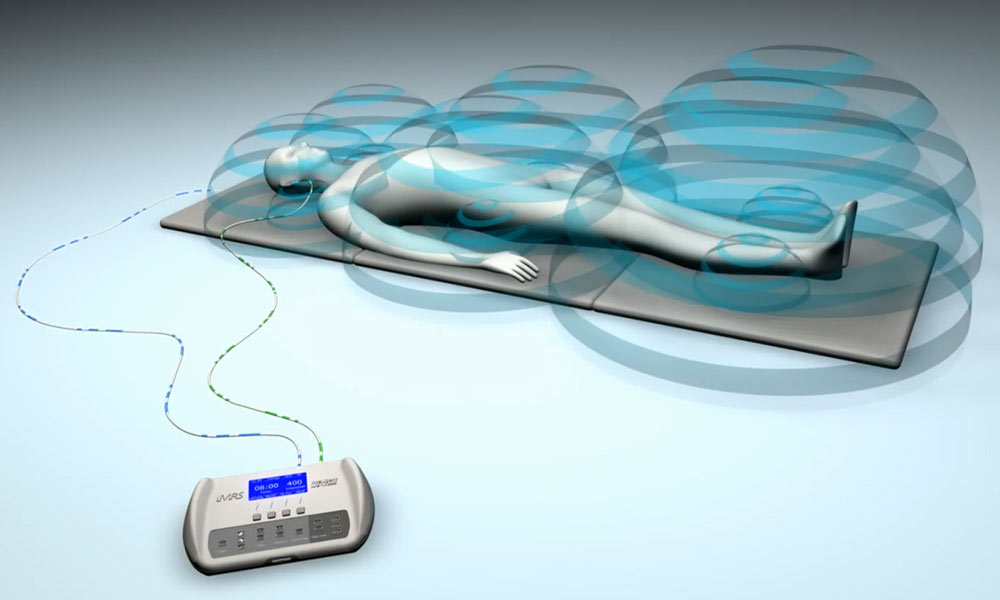
Benign Prostatic Hyperplasia
Benign prostatic hyperplasia is a condition that largely affects older men. It occurs when the prostate and its surrounding tissue expand. As part of the male reproductive system, the main duty of the prostate is to produce fluid for semen. When the prostate expands, it can lead to complications with the urinary tract.
The prostate undergoes two growth periods; the first one occurs early on puberty, and this is when the prostate doubles in size. While the second one occurs when the man is 25 and continues to grow for most of his life. It then becomes a problem when the prostate gets larger than it should be. This implies that as the prostate increases in size, the urethra gets squeezed, and the bladder walls will become thicker. This means that the bladder will not be able to empty all its content because of its weakened state. Thus, urinary tract symptoms begin to set in. Additionally, it was included in a study conducted that the developing BPH can be determined by the ethnic groups that men belong to and this is as a result of the different genetic compositions.
This condition has been assumed to imply the same thing as prostate cancer, but this is not true. It has been established by doctors and scientists that it does not even lead to cancer. But, BPH and cancer can occur simultaneously. BPH can worsen with age, which can cause kidney damage due to blood in the urine, infection, and bladder damage. An increase in prostate volume is one of the serious symptoms of BPH. The normal and safe volume is roughly 20 cc (cubic centimeter). Men with a higher prostate volume than this are considered to have an enlarged prostate and at risk of developing benign prostatic hyperplasia.
How PEMF Therapy can Reduce BPH Symptoms
Although it has been proven that BPH can cause serious problems if left untreated, with treatments such as PEMF therapy, it is possible to have it cured. Pulsed Electromagnetic Field therapy is a non-invasive procedure proven to help treat benign prostatic hyperplasia. This therapy uses magnetic fields to boost cells, remodel tissues and improve cell communication.
PEMF therapy reduces inflammation, and it has been proven that it can also help reduce prostate volume. To ascertain this, research was conducted with 27 patients suffering from BPH. They were undergoing the therapy for five minutes twice a day for 28 days. After this, nine patients continued the therapy for three months while the remaining 15 stopped. It was noticed that PEMF therapy efficiently reduced the prostate volume and the urinary tract symptoms significantly after 28 days, and this was not dependent on the extra three months that the first group added. It is important to note that this therapy did not alter their sexual and hormonal functions in any way.
It was also noticed that patients whose conditions were not overly critical benefited more from this therapy. This implies that PEMF therapy indeed cures BPH with no significant side effects. This is a symbol of hope for patients who have had to deal with the pain for a prolonged period. However, this therapy needs to be combined with other medications and improved lifestyle choices as advised by your doctor.
How to Manage BPH
Unfortunately, this condition cannot be prevented. There are no shots or drugs that you can use to prevent BPH from developing. The prostate continues to grow, and there is a possibility that 9 in 10 men will have it when they are in their 80s. And even though lifestyle changes cannot prevent BPH, they can help improve the condition of the prostate, which may reduce your chances of developing BPH. It is important to keep your weight in check and eat healthily as most diets are not sustainable in the long run, so make sure your foods are healthy. You can also add exercises to your routine, reduce the amount of caffeine and alcohol you consume, urinate when you feel the urge, don’t keep it in, and stay warm.
Also, you must see a doctor when you wake up constantly to urinate, when you have a weak urine flow, when you cannot pee at all, when you see blood in your urine, when it hurts to urinate, and so on. Also, note that age, ethnicity, and family history are contributing factors to having a high risk of developing BPH.
Conclusion
BPH is a condition whereby the prostate is enlarged, and if left untreated, it can lead to kidney problems, an increase in prostate volume, and so on. It is a condition that cannot be prevented; it just happens. But with the help of PEMF therapy, it can be cured with no side effects. And, it is necessary to make good lifestyle choices that may help increase the prostate’s well-being. This involves eating healthy foods, exercising, and peeing when you feel the urge. Also, remember to see your doctor if you are experiencing any of the symptoms mentioned above.
Follow – https://techshar.com for More Updates
